Newton Motion Driver Shaft
Sacks Parente Golf has established themselves as a unique putter maker but has now entered the shaft market via their Newton Shafts imprint. The concept behind the new Newton Motion driver shaft is that players will be able to hit the ball further without having to swing harder. To achieve this, Newton uses an elongated bend profile, a “Symmetry 360 design”, their proprietary “Kinetic Storage Construction”, and variable torque profiles across six different flexes. All of Newton’s shafts are produced out of their facility in Missouri and are sold cut, gripped, tipped, and ready to play for $250.
There’s a lot to take in on this one, so strap in!
The Looks
I will openly admit that my photography (and video) skills don’t do the Netwon Motion driver shaft justice. Seriously, I tried my best to capture it, but I’m just not good enough! The Newton shaft has an iridescent finish that changes as it moves through the light. While the primary base is purple, when in motion you’ll get pops of green, copper, gold, and blue. It’s a really good looking finish. The only branding is a white outlined “Newton” logo and the blurred “Motion” wordmark. I thought the blur effect to make it look “in motion” was pretty clever. There’s also a series of dots which I’ll explain in the next section.
How Does it Feel?
To understand the Newton Motion dots, you have to understand their philosophy behind flex and torque. Newton notates their flexes by number of dots as opposed to things like gender, age, etc. As they say, the golf club doesn’t know any of these things. Instead, Newton assigns CPM numbers to the dot value and provides suggested swing speed ranges for each flex. The number of dots ranges from 1 to 6, going from lightest to stiffest respectively. Additionally, the lighter flexes will have more torque while the stiffer flexes will have less torque. This is because players’ torque needs at those speeds/flexes will be very different. This is Newton’s “variable torque profiles by flex” concept.
Newton also utilizes “elongated bend profiles”. This means that rather than have a more distinct kick point, the shaft will flex over a longer area. Like the torque, the location of this bend area will vary by flex. For instance, the lightest flexes will bend more toward the tip section and the stiffest flexes will be up toward the handle. Personally, I found the feeling to be fairly interesting. The longer bend profile was noticeable, but it wasn’t the usual “smooth/gradual” bend you’d normally expect from this type of design. It felt like a more distinct kick point, just bigger. While the torque of the 6 dot is lower, it’s still rated at 3.7 which isn’t overly stout so you don’t have to be Hercules to swing it.
On-Course Performance
| Club Speed | Ball Speed | Launch Angle | Spin | Carry (Yds) | Total (Yds) |
|---|---|---|---|---|---|
| 113.1 | 167.4 | 13.3º | 2448 | 277.1 | 300.8 |
The Newton Motion driver shaft’s performance really comes down to the Symmetry 360 design and Newton’s Kinetic Storage construction. Symmetry 360 is a process in which the shaft is manufactured without a seam or spine so there aren’t any inconsistencies in the construction. As such, the shaft will perform at its full potential no matter how it’s oriented in the club. Ultimately, this should lead to more control and accuracy.
Newton’s Kinetic Storage construction is really designed to be their secret sauce. The idea is that the shaft’s fibers are able to store more energy that gets released through the elongated bend area. With a larger area to store and release energy, and more energy getting stored, the idea is that your same swing can produce more power. Even further, this should help you make a more controlled swing that produces distance. Aka, you can make a controlled swing and get distance without swinging out of your shoes.
From my experience, the Motion shaft was definitely conducive to an easier swing with a smoother tempo. With a more moderate swing than I normally take, I had tight dispersion and no problem getting the ball in the air. My launch was just above medium for me and the ball held in the air. That said, I naturally have a more aggressive tempo and I felt like the 6 dot Motion had trouble containing my swing. This makes some sense to me as my gamer has a 2.9 torque level. So I feel like the shaft delivers on its promises, but having the correct swing for the shaft will be critical.
Final Thoughts – Newton Motion Driver Shaft
Newton Shafts currently offers the Motion in six different flexes with weights ranging from 45 to 70 grams. You can buy them uncut or built ready to go with the driver tip of your choice for $250. If you buy the shaft pre-built, it will come gripped and at a playing length of 45.75 inches. I’m unsure if you are able to order different lengths, grips, or tip trimming at this time, but it doesn’t appear so through the standard ordering process. If you want to have a more custom setup, the Motion is available uncut as well.
At this time, the Motion shaft is only available from Newton shafts which makes the price more accessible. Based on my experience, however, I believe that being able to get properly fit for the Motion will be important. I’m told that Newton Shafts will be offering their product through fitting locations in the future.

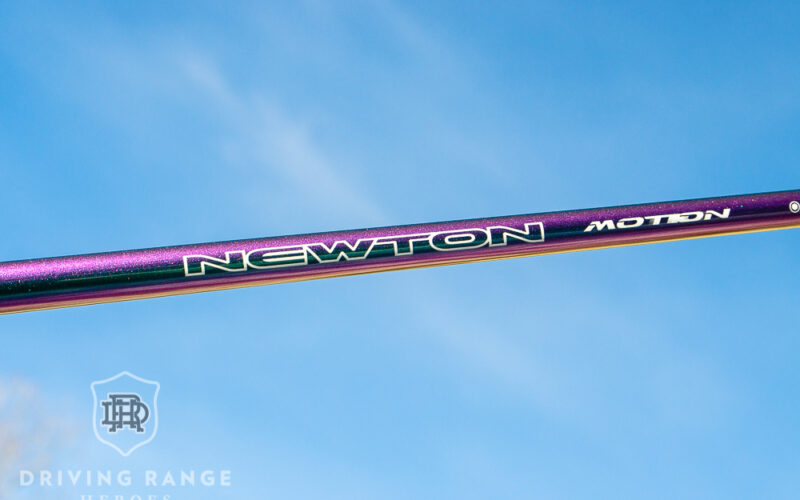
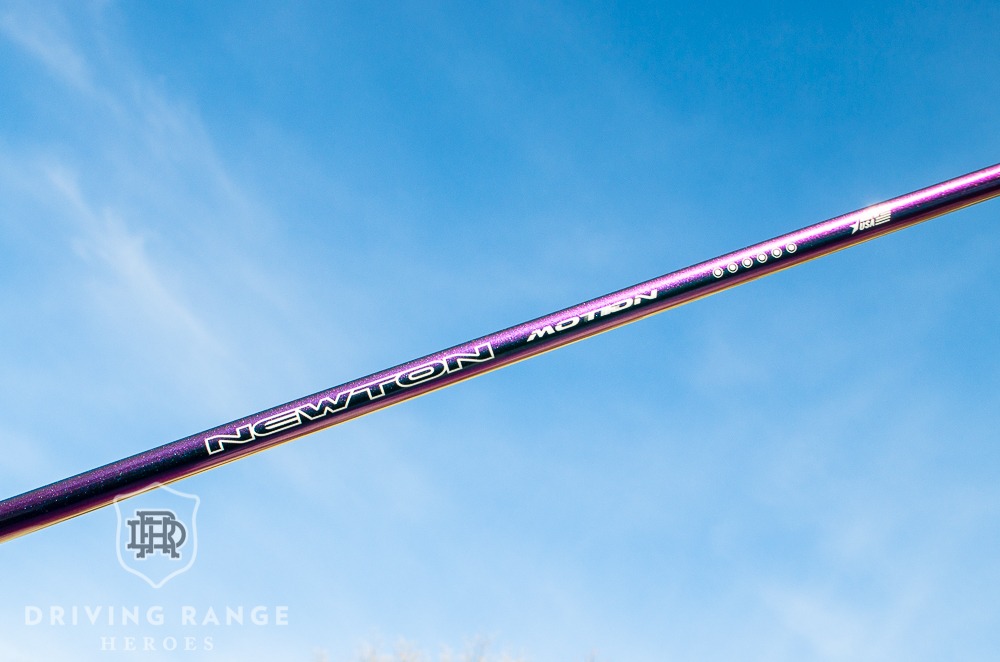
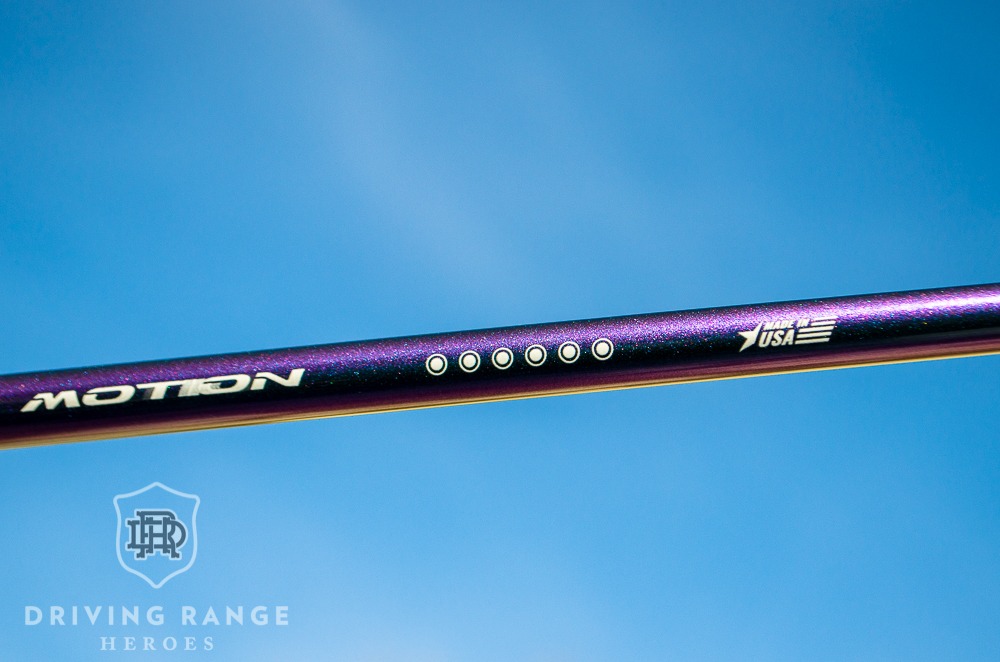
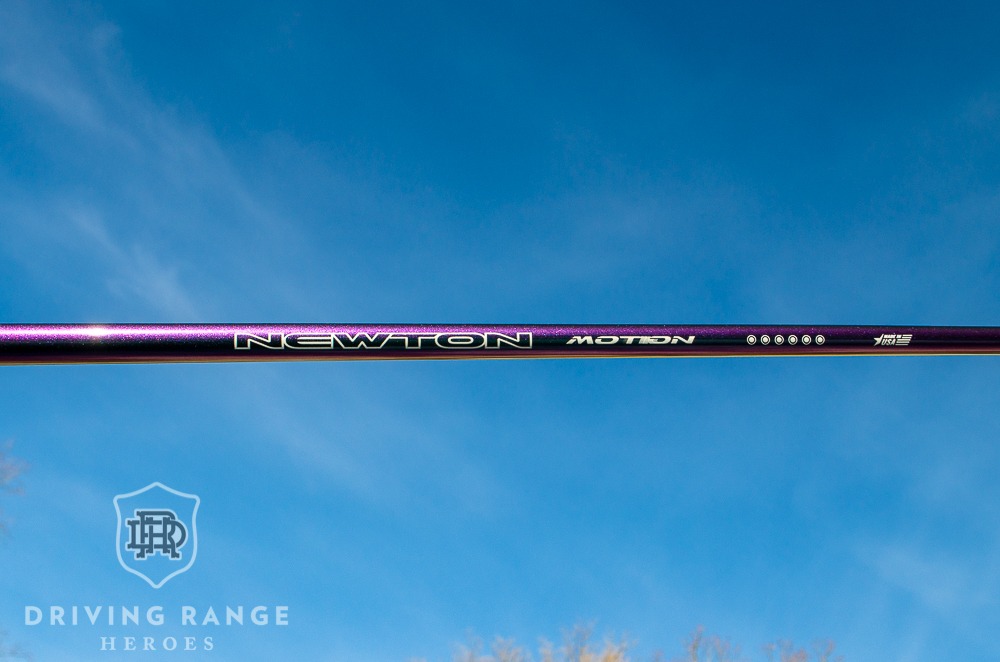
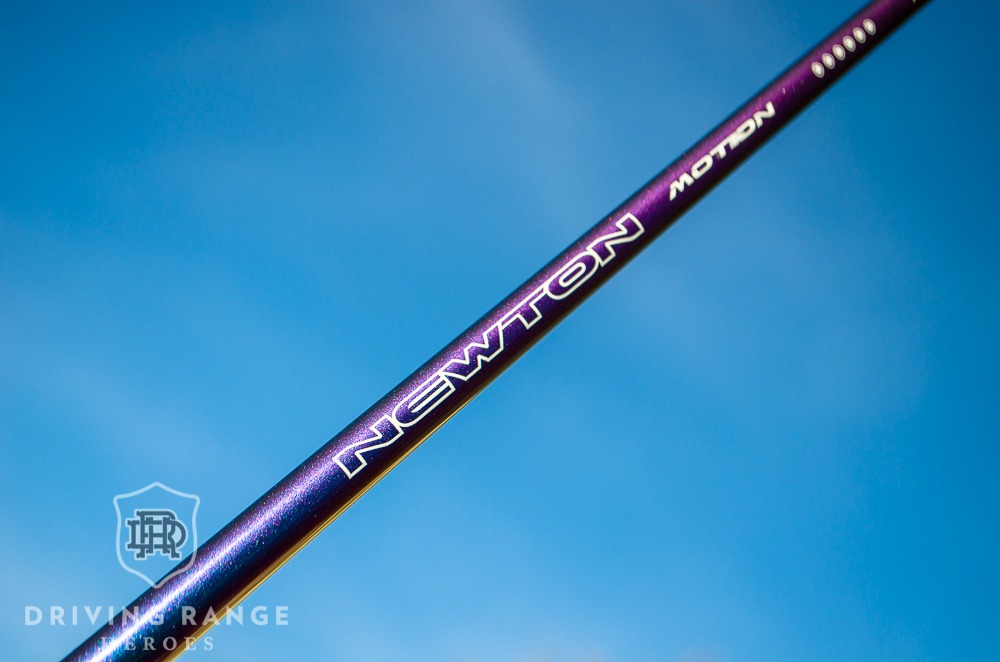
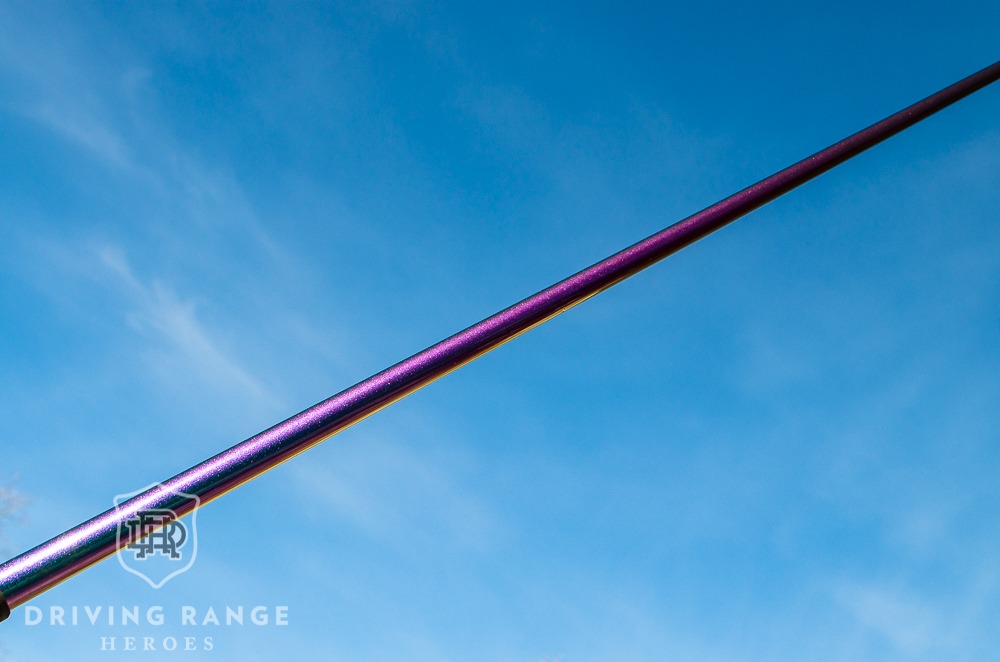
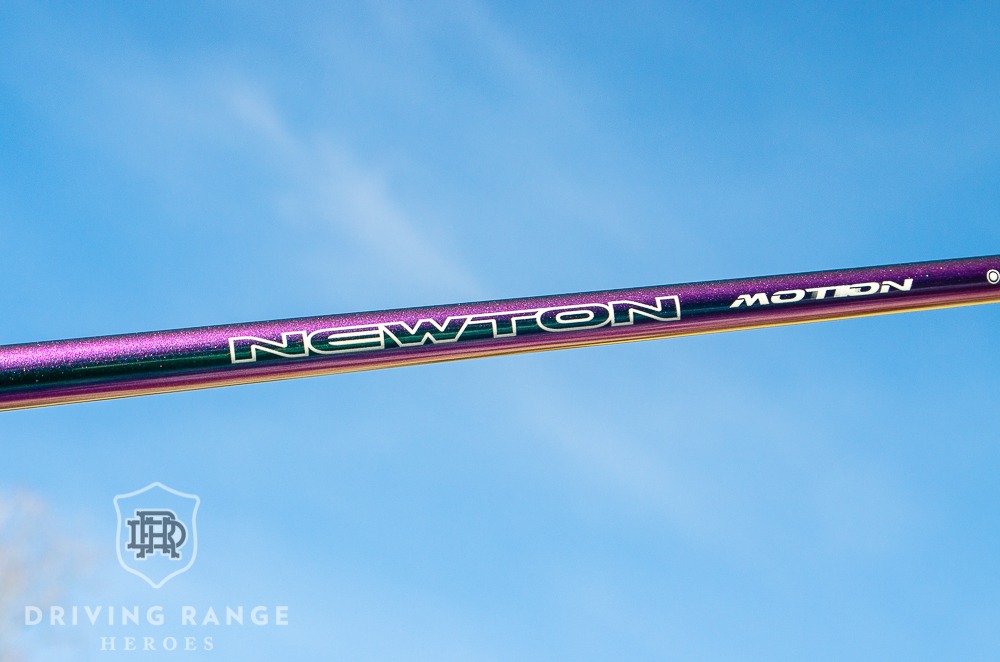
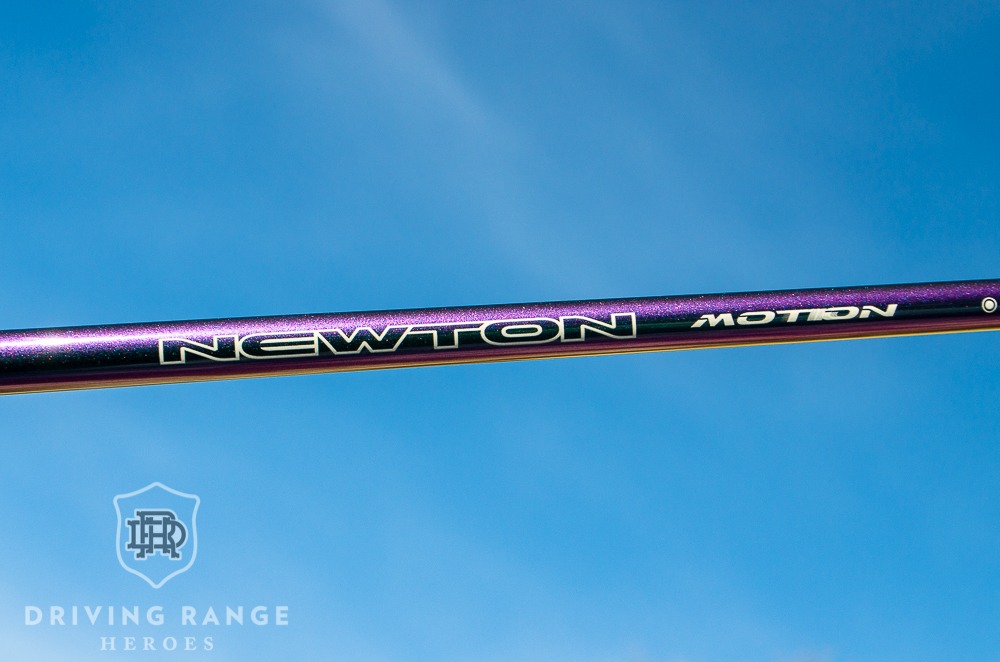
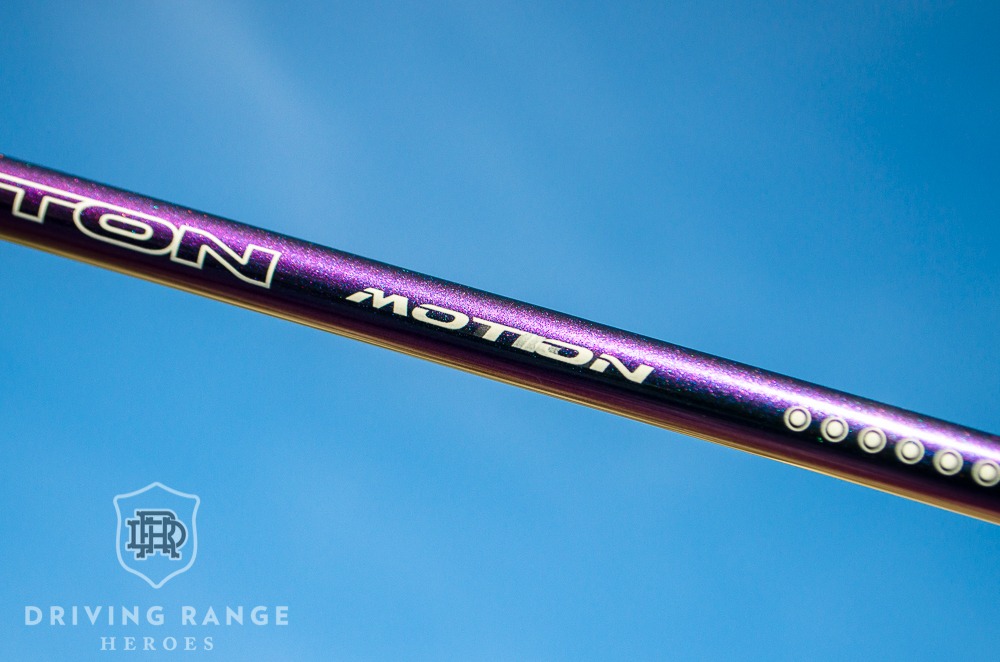
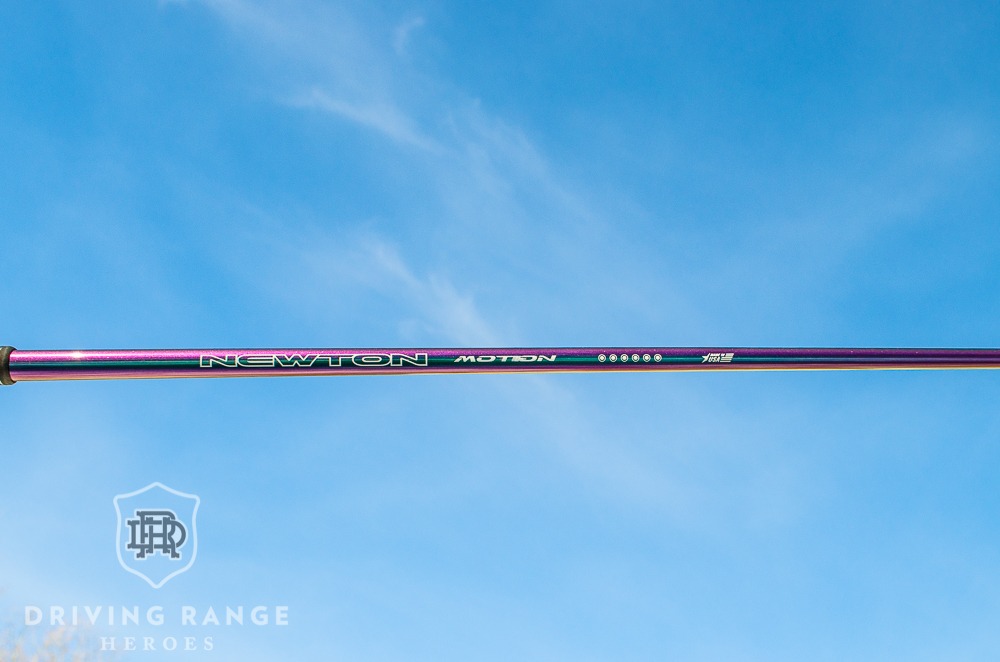
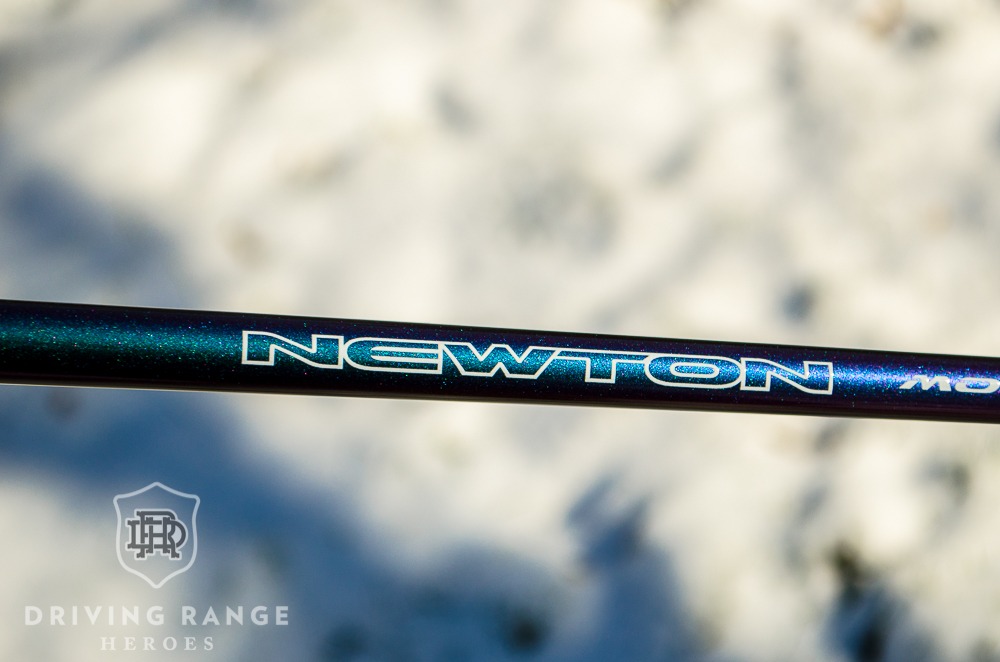
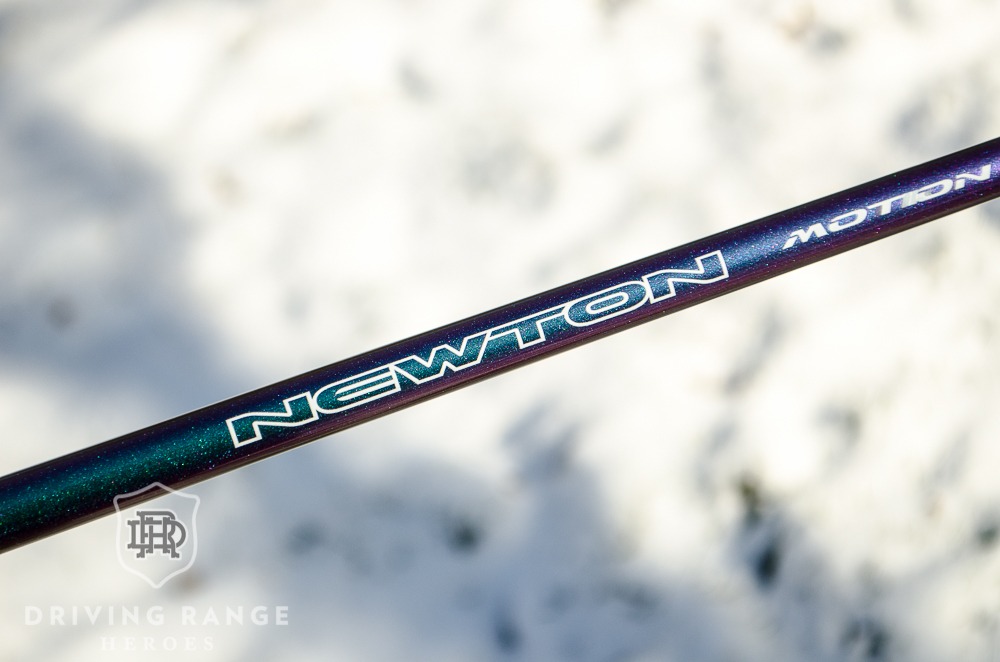

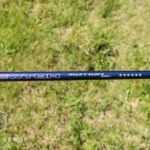
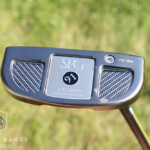
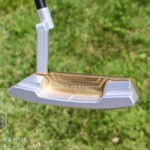












I contacted Newton’s customer service and they said when you order just indicate in the notes box on the order form if a custom length is required. They will ship fully assembled to your specific length.
I purchased the Newton Shaft. It has great feel and is confidence inspiring. But I am uncertain if I am going to get more carry. Possibly will get better distances with more toll due to the straighter drives.
*roll
Why the name Newton?
Newton Motion, guessing something to do with Isaac Newton? “An object in motion stays in motion.” -Newton’s First Law
There is a book called Newton On The Tee. Zumerchik. Applying physics to ball, strike, swing, etc. Fun to read.
Just started using an Evenflow Red ‘Max Carry’ shaft on a TSi 1 head this past weekend. Got about an extra 10 yards out of it when I made a decent swing. About 1/3 the price of the Newton. Living in Canada a $250 USD shaft is about $325 CDN. Add shipping and duty we’re looking at $400. A pricey experiment.
Well I’m wondering if I should go one stiffer than recommended for my club head speed as I have a definite change in direction with my swing tempo and all the fitters I have seen have all put me in a stiffer shaft than what my club speed would need.
Tough to say, but if it’s a regular trend, it might worth a shot.